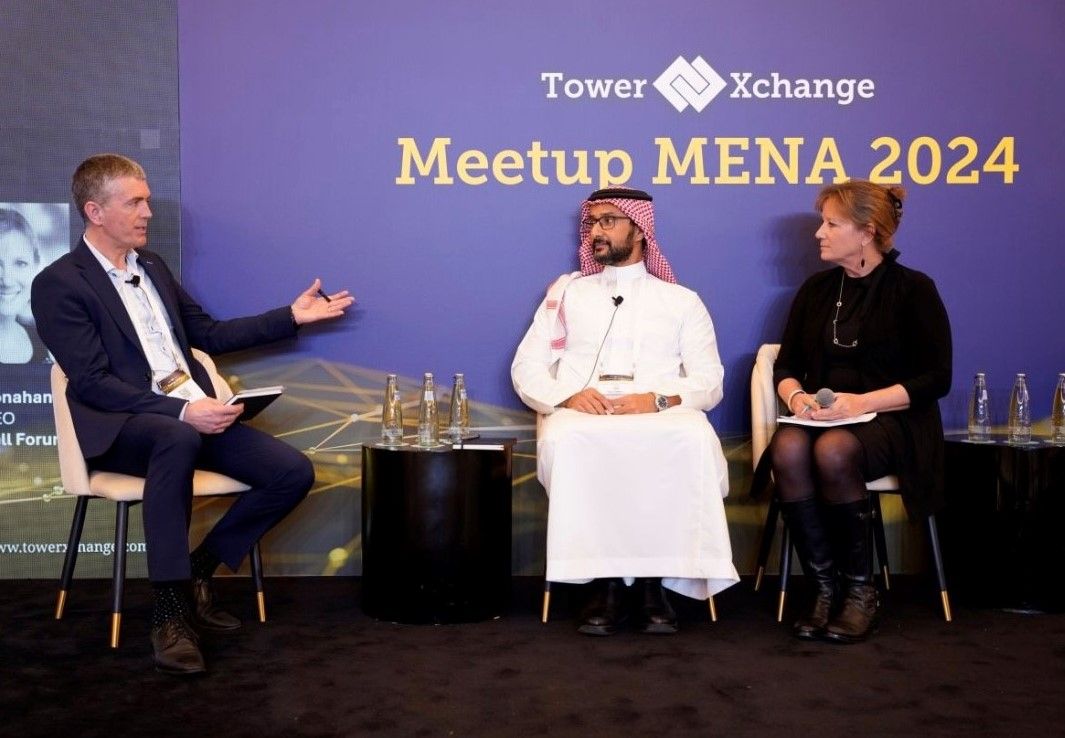Inspiring Opinions: Industry mindset shift needed to the demands of a 5G future
It can be hard to believe sometimes, but modern mobile telecommunication is one of the greatest – and fastest – technological advances of recent times. In less than a century, we’ve gone from switchboard operators to Siri, transforming all our lives in the process.
With the launch of 5G and its future evolutions, we’re now poised for a period of even bigger change – one that’ll require similarly brave thinking.
We’ve been building mobile telecommunication sites more or less the same way for the last twenty years: we plan and construct compounds or rooftop sites using lattice towers or monopoles, and we build for each operator on site separately, incorporating others as we expand. Compounds are usually similar, wherever they are in the world, and telecoms equipment is typically the same and duplicated for each operator on site. These days, even power supplies are duplicated in some cases.
5G, however, will require major changes to this tried-and-tested system. The new technology means that sites will need to be smaller, cheaper and with greater network densification. This means increasing available network capacity with major upgrades to allow digital users access to faster speeds and higher connectivity, particularly in urban and densely-populated areas such as tower blocks, airports, sports arenas. This requirement for ever-better speeds and connectivity will only increase as our technology evolves to include fully automated manufacturing, self-driving cars and even remote or robot-led surgery.
As a result of these new logistical and financial pressures, TowerCo owners will likely want to share infrastructure as much as possible, with sites eventually becoming completely multi-operator-based, all the way to the core network. This will entail a fundamental shift in the traditional industry mindset, which has been largely based on competition rather than cooperation. Core network sharing can be complex, and challenging to manage, but does allow for significant savings in OPEX and CAPEX. The future might lie in competing on service rather than competing on infrastructure: a network that can reduce its costs through strategic sharing will be able to divert those savings into pursuing lower-priced plans or cutting-edge technologies for its service-users.
Here at Delmec, we’re exploring how we can adapt our services to better serve the smaller, less expensive and more dense sites that will power our future in 5G. It won’t be easy, but we’re confident that with our extensive experience, quality training and innovative technology will guide us through this transition. We approach changes in our industry in much the same way as we look upon a new site: as an exciting opportunity for development, growth and long-term success.


